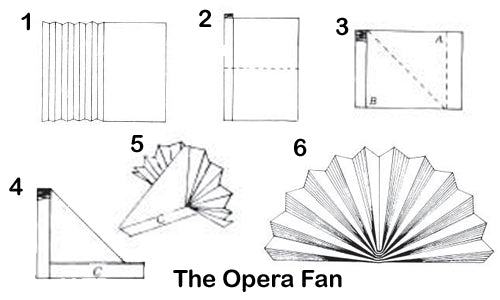Why is Temperature Control Important?

Poor or inadequate temperature control of food is the main cause of food poisoning. The bacteria that cause food poisoning need warmth to multiply, and so the correct use of temperature control can prevent food poisoning by providing an environment where bacteria is either dramatically reduced or the bacteria destroyed.
The Temperature Danger Zone?
Between 8°C and 63°C bacteria can multiply rapidly, and in optimum temperature conditions (37°C) they can double in number every 10 – 20 minutes. If bacteria multiply rapidly in food this can result in food poisoning. This does not always affect the taste, smell or appearance of the food itself. It is recommended that frozen food is stored below -18°C so that bacteria are prevented from growing.Using a digital Probe.

The temperature control of food can be easily accomplished by the correct use of a digital temperature probe. These probes are used widely in food preparation to minimise the risks of food poisoning.
Cooking and Reheating
A digital probe is used during the cooking process to check if the food has been thoroughly cooked or reheated. The food is safe if it has reached a high enough temperature for a long enough period of time. To correctly check the temperature of food, use a clean probe and insert it so that the tip is in the centre of the food, or the thickest part.
Hot Holding
A probe can be used to ensure that food is kept at a hot enough temperature prior to serving. It is a legal requirement that hot food must be kept at a temperature of over 63°C. To check that the food in hot-holding is above this use a clean probe inserted so that the tip is in the centre of the food or the thickest part.
Storing and Displaying Chilled Food
It is a legal requirement in England, Wales and Northern Ireland that certain chilled food must be kept below 8°C. In Scotland the regulations do not set a specific temperature. To check that food is being kept at a low enough temperature insert a clean probe so that the tip is in the centre of the food or the thickest part.
Chilling Down Hot Food
Hot food that is to be stored for later use needs to be chilled rapidly and then stored at a temperature as specified above for chilled food. To check the best method for doing this, use a clean probe to test the temperature at regular intervals to see how quickly it is dropping, Repeat this for other methods of rapid cooling and compare to find the best method.













































